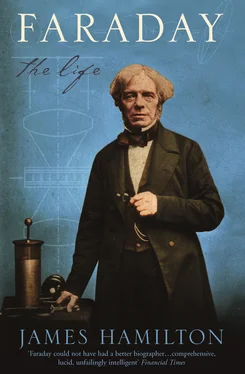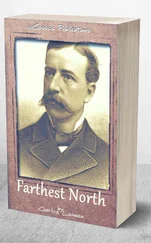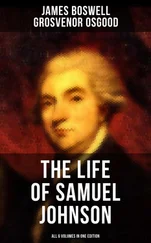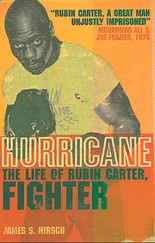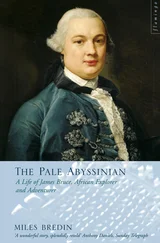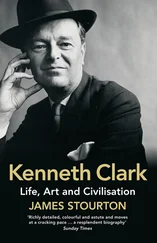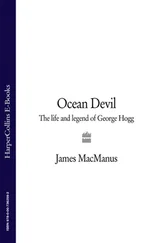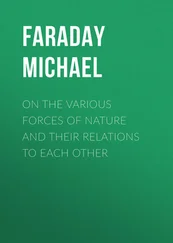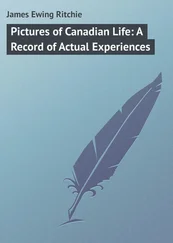1 ...8 9 10 12 13 14 ...30 Only one side to the correspondence survives, because while Abbott kept the letters he had received from his friend, Faraday, in one of his later bouts of clearing out, destroyed all his letters from Abbott. But Faraday’s letters give a clear view of his activities in this formative period of his life, of the way his understanding of science developed, of his feelings and of the chronology of events. They also echo his youthful voice, vibrant with excitement, particular and clear in its expression, and we hear through the text the timbre and pace of his speech. The sentence structure suggests that he spoke at speed, making pauses for breath within his sentences, and placing the emphases at their end. With every paragraph he wants to share what he has discovered, finding it impossible to keep his knowledge to himself. Running home in the rain one Sunday evening in July after a day spent in Bermondsey with the Abbotts, Faraday found ideas and impulses coursing through his mind, and he wrote them all down for Abbott:
I … did not stop until I found myself in the midst of a puddle and quandary of thoughts respecting the heat generated by animal bodies by exercise. The puddle however gave a turn to the affair and I proceeded from thence deeply immersed in thoughts respecting the resistance of fluids to bodies precipitated into them … My mind was deeply engaged on this subject … when it was suddenly called to take care of the body by a very cordial affectionate & also effectual salute from a spout. This of course gave a new turn to my ideas and from thence to Blackfriars Bridge it was busily bothered amongst Projectiles and Parabolas. 13
So the letter continues, tracking Faraday’s run home to Weymouth Street, with thoughts of inclined planes, slipping and friction (prompted by the sloping pavement), the velocity and momentum of falling bodies (the rain), and the identification and naming of cloud types – cirrus, cumulus, stratus, nimbus, all then newly-coined terms – suggesting that he and Abbott may that very day have been talking about them.
Between the scientific experiments, discussions and letter writing, Faraday and Abbott went to fireworks concerts together at the New Ranelagh Gardens in Millbank, and, in mid-August, on a trip with Robert Faraday to see ‘where the Surrey canal passes by locks over the hill’. 14With John Huxtable, another friend from scientific discussions, Faraday went ‘down the river to the Botanical Gardens at Chelsea belonging to the Company of Apothecaries. I was very pleased with the excursion,’ he wrote to Abbott, ‘and wished for you two or three times.’ 15On another boating excursion they banged up against Battersea Bridge and nearly sank in a strong tide. Abbott was one of the passengers, and remembered how Faraday had not panicked like the others, and showed ‘remarkable presence of mind’. 16
One subject that exercised Faraday and Abbott in their letters was more metaphysical than the rest. Faraday mused about the development of ideas, and offered proof to Abbott that they were formed in the head. 17He told a story of how, when he was an errand boy, he had once knocked on the door of a gentleman’s house and stuck his head through the railings while waiting for an answer. What was ‘that’ side of the railings; what was ‘this’? He decided that the place where his head was was the place where he and his thoughts were, ‘for there was my perception, my senses’. Then the door opened and made him jump, and he banged his nose. From this Faraday learned a lesson: ‘it did more in illustrating the case to me than all the arguments I have heard since on the subject or all the affirmations that have been made’. What he understood was that the lesson he learned, and the opinion he had reached, was as the result of direct experience.
The correspondence continued for nearly ten years until it petered out in the early 1820s as Faraday had less and less time to write such letters, and as his successes in science rapidly outstripped Abbott’s. Faraday was always the driving force behind the correspondence. He showed a clear desire to control its pace, and he considered his time to be more valuable than Abbott’s. ‘I wish,’ he asserted,
to make our correspondence a deposit of Philosophical facts & circumstances that will perhaps tend to elucidate to us some of the laws of nature. For this reason I shall insert in the form of Queries or otherwise all the facts I can meet with that I think are as yet unexplained. They will be as subjects for investigation, and if you think fit to chime in with my fancy and will propose such things as you are acquainted with that are yet unresolved, or anything else that your better judgement may choose, it will give a peculiar feature to our communications and cannot fail of laying under the obligations of your most Obedient … Do not delay to inform me at all times as early as convenient, and let me caution you not to wait for my answers. Consider the disparity between your time and mine, and then if you do feel inclined to communicate alternately I hope you will give that notion up. 18
Lack of time, or his perception of its lack, is another leitmotif in Faraday’s life. Throughout his correspondence he writes of how little time he has, how easily wasted it is, how he regrets he cannot do this or that because he does not have the time, until it becomes a litany. The letter to Abbott of 2 and 3 August 1812 opens with a riddle which examines this lifelong obsession:
What is the longest, and the shortest thing in the world: the swiftest, and the most slow: the most divisible and the most extended: the least valued and the most regretted: without which nothing can be done: which devours all that is small: and gives life and spirits to every thing that is great?
It is that, Good Sir, the want of which has till now delayed my answer to your welcome letter. It is what the Creator has thought of such value as never to bestow on us mortals two of the minutest portions of it at once. It is that which with me is at the instant very pleasingly employed. It is Time.
And so the correspondence continued through the summer of 1812; ten long letters, mostly heavily cross-written, from Faraday to Abbott survive between July and the end of September. Faraday was genuinely fond of Abbott, describing him on one envelope as
An honest man close buttoned to the chin
Broad cloth without, and warm heart within. 19
In this same period, besides the home-made experiments, the arguing about correspondence procedure, the trips to Ranelagh Gardens, to Chelsea Botanic Gardens and the Surrey Canal, and the differing interpretations of scientific evidence, Faraday gazed at the stars through an astronomical telescope, and
had a very pleasing view of the Planet Saturn … through a refractor with a power of ninety. I saw his ring very distinctly. ’Tis a singular appendage to a planet, to a revolving globe and I should think caused some peculiar phenomenon to the planet within it. I allude to their mutual action with respect to Meteorology and perhaps Electricity. 20
And the same night he saw Venus, ‘amongst your visible planets – tis – a – beautiful – object – certainly’.
This was the end of a wet but golden summer for Faraday, the final weeks before he came of age on 22 September, and, barely a fortnight later, when he came to the end of his apprenticeship with George Riebau. Perhaps preparing for this change of station, and doing a small redecorating job for his mother, he had set to work on 1 October hanging wallpaper at home, when a long letter arrived from Abbott full of scientific questions, which made him put away ‘cloths, shears, paper, paste and brush all’. His answers to Abbott reflect light-heartedly on the tone and friendship of the letters, and speak volumes for the quantity of information that passed between them. One by one, Faraday attends to thirteen or so unanswered questions:
Читать дальше
